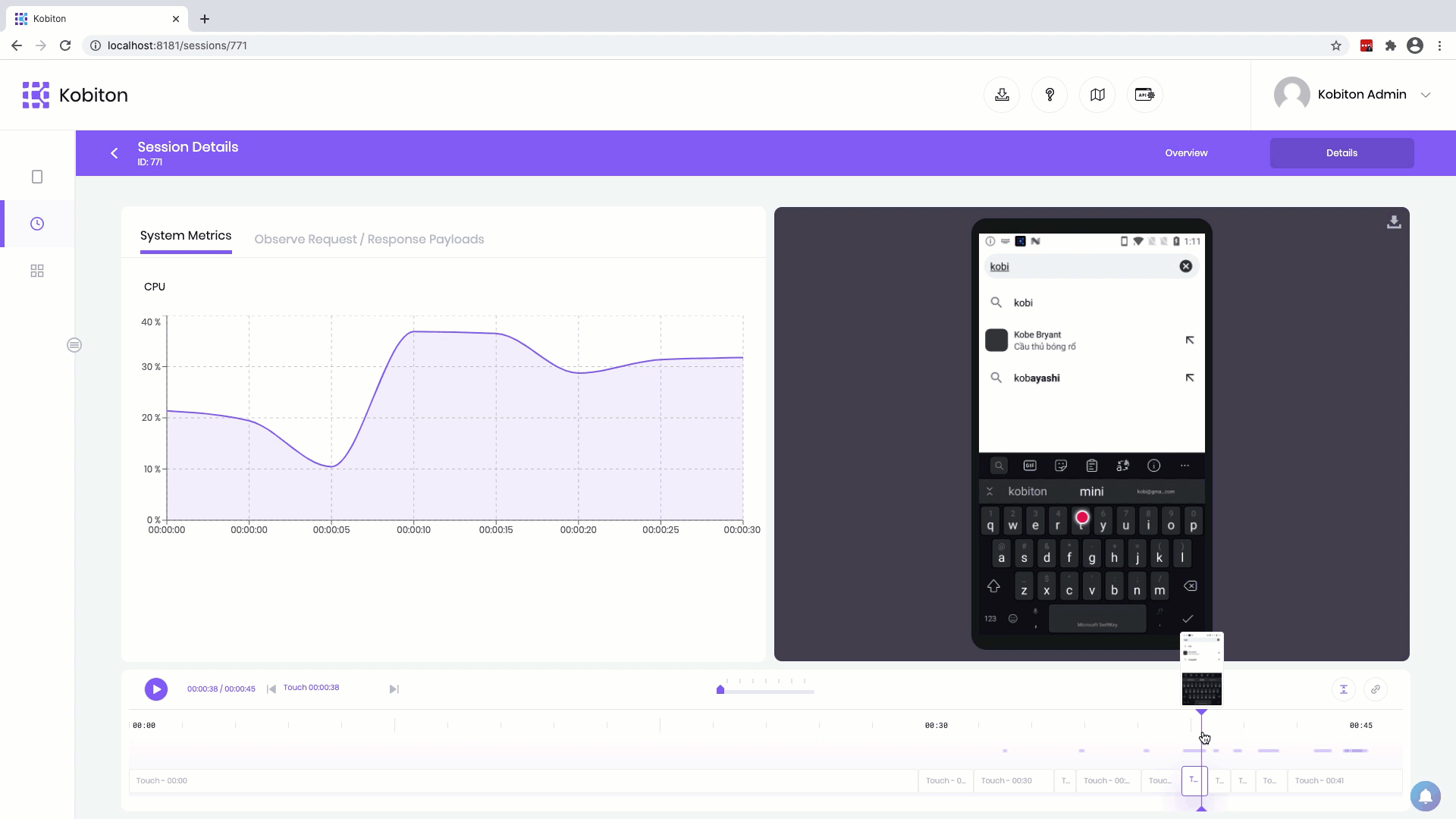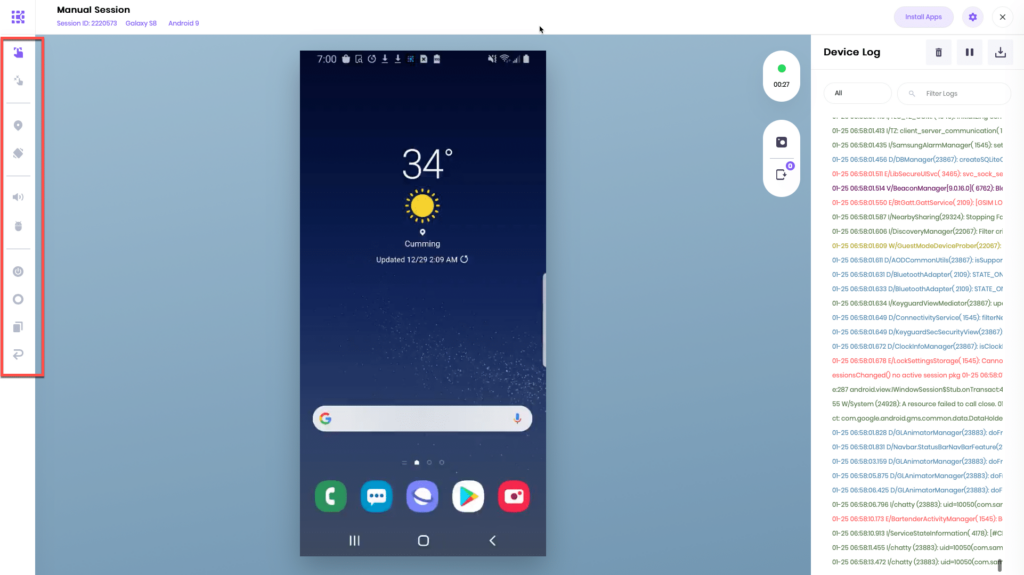
Product Update: Kobiton December 2020 update overview

Adam Creamer
We are starting 2021 strong with a brand new batch of updates! Keep reading to learn more about our enhanced Network Payload Capture, enhancements to our Data-driven Test engine, Session Explorer UX improvements, and a whole lot more!
In our last release, we introduced our brand new NOVA AI Engine (If you’re like me and tired of seeing companies talk about “fake AI” as a marketing stunt, check out this blog to learn why NOVA is actually AI that drives actual results), and it’s been changing the game for teams who are using it to power their scriptless automation through Kobiton.
ICYMI: THE INTRODUCING NOVA BLOG
In this release, NOVA has gotten even smarter, and this makes your scriptless automation even better. Keep reading to learn more.
Honestly, dynamic content is a problem for any kind of mobile test automation. With the potential of dynamic content including so much movement, color change, and element change on the screen, test automation has struggled to keep up with the dynamism. Usually, this results in test automation breaking and/or teams relying on manual testing to cover for test cases dealing with dynamic content.
At Kobiton, we’ve begun to solve this problem with this newest release with the Beta version of our “AI instruction” capability around Dynamic Content. After you’ve told our AI to capture your manual process and begin creating automation, you can now give our AI-specific directions around how to deal with dynamic content.
We’ve added a new “Settings” tab to your scriptless automation Execution Plan. Here, you can decide whether you want the NOVA AI Engine to navigate your test by either “Strictly navigate to an exact element based on a test case,” or “Navigate to the best matching element.”
For this release, we will recommend that you choose “Navigate to the best matching element” so that our AI knows to continue scrolling or searching for the right element and your test will not be interrupted if it fails to find the exact element that might be present at a different time/location on one device than another. This will be the default setting.
This is huge for customers who might be working on mobile gaming, dealing with ad pop-ups, etc. and makes Kobiton’s scriptless automation that much more flexible and able to cover a wider variety of your test cases! And, this is only the Beta, so there is so much more still to come!
In our biggest launch of 2020, we introduced Network Payload Capture for Android devices running Android 9 or newer. While this has been an exciting step into the Performance Testing realm for our customers, we always planned to extend this capability to offer you and your teams more overall device coverage.

That’s why, in this release, we’ve extended this capability beyond Android and now support Payload Capture on iOS devices running iOS 9-12. We have also added support for older Android devices running Android 7 and 8. With this extra support, more teams can test for mobile application and website performance on more devices, making your test coverage, performance, and overall quality that much better when using Kobiton.
In our last few releases, we introduced new abilities to tell our AI to validate certain elements on the UI when executing your test automation. In the last release, this new ability was centered around “Element visible” verification.
With this release, we are now showing you which elements and validation rows that you have selected for parameterization via highlighted outlines, making it easier to track exactly what you will have your automated test against.
The Kobiton scriptless magic doesn’t just stop at the Kobiton UI. We’ve also extended a lot of the execution controls to the API-level as well. With this release, we’ve introduced two new capabilities using APIs:
Both of these new capabilities make controlling and kicking off tests easier through Kobiton, bolstering your CI/CT/CD (emphasis added on CT) pipelines’ efficiencies
While we have offered a Jira integration for a while, we have made it even better with today’s release by supporting your Jira custom fields. Now, when you hit the Jira integration icon while exploring your session or remediating, you will be able to log information into your Jira custom fields easily.
While new features and solutions are always great, we are always hard at work on improving your user experience with existing features as well. In this release, we’ve focused heavily on the UX across the entire Kobiton Platform.
We’ve been hard at work on making the Manual Session a more enjoyable and navigable experience. To do so, we’ve added new goodies such as a more in-depth filtration of device logs with text search (before you could only filter by category), and a re-arrangement of the gesture/action menu.

Outside of our scriptless automation, our Session Explorer is one of the features that Kobiton customers are most excited about. With video footage, a navigable timeline, and in-depth system and performance metrics, there really isn’t a way to better explore your test session than with the Kobiton Session Explorer.
We’ve made it even better with today’s release.
Now, as a user zooms into the timeline to get a closer look at their test step, both the vertical scroller and horizontal slider will stand still, making it even easier to drill into the specifics of each test step.
We hope that you enjoyed today’s product update blog, and we can’t wait to hear about how these new enhancements make your day to day testing better. If you have any feedback, please do reach out!